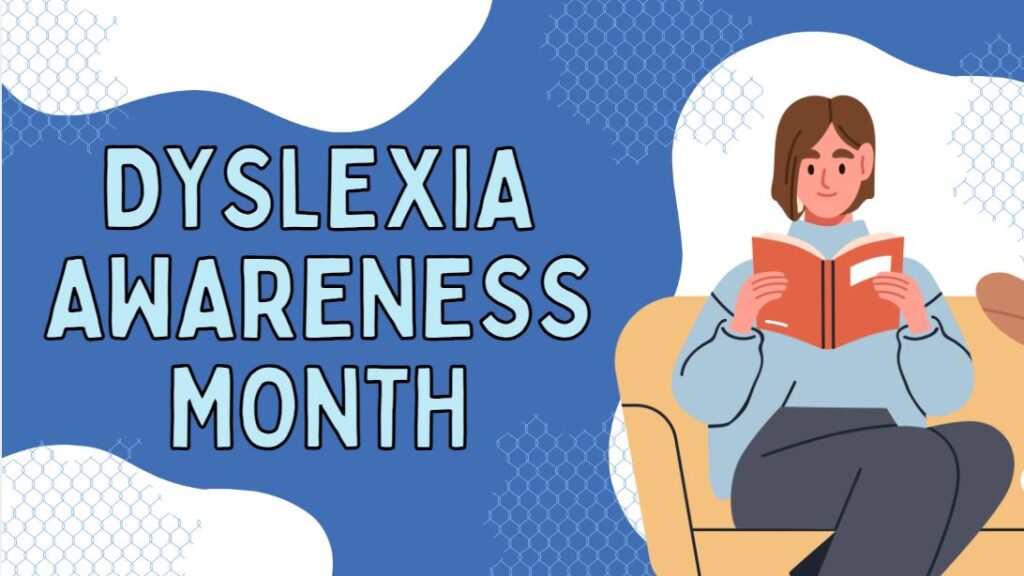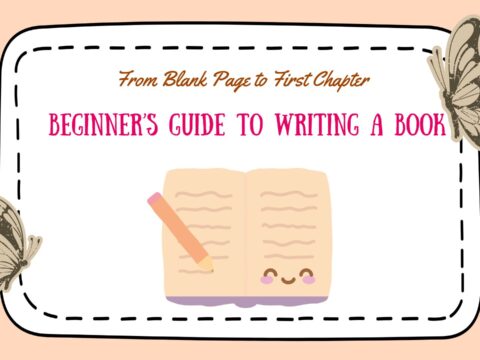A lot of teacher-authors read my WordDreams blog. In this monthly column, I share the most popular post from the past month on my writer’s blog, WordDreams:
Surprisingly, 15-20% of the population has a language-based learning disability and over 65% of those are deficits in reading. Often, these go undiagnosed, written off as “s/he doesn’t like to read”. If this sounds familiar to you, maybe before you became a writer you struggled with adopting the love of reading, check out the International Dyslexia Association’s Dyslexia Awareness Month in October.
Dyslexia is a condition that affects people of all ages, male and female equally, and causes them to mix up letters and words they read making what for most is a joy-filled act challenging and frustrating.
“Dyslexia refers to a cluster of symptoms, that result in people having difficulties with specific language skills, particularly reading. Students with dyslexia often experience difficulties with both oral and written language skills. … It is referred to as a learning disability because dyslexia can make it very difficult for a student to succeed… ” — the International Dyslexia Foundation
There is no cure for dyslexia. Individuals with this condition must instead develop coping strategies that help them work around their condition. In education, it is not uncommon to accommodate dyslexic students with special devices, additional time, varied format approaches (such as audio or video), and others. Most prominent educational testing centers (like SAT, ACT, PARC, and SBACC) make these available for most of their tests.
For individual needs such as casual reading, personal research, or anything else that requires significant amounts of reading, there is help. The IDA recommends accommodations such as:
- variable work and test-taking settings (such as small groups, reduced distractions, and alternative furniture arrangements)
- assistive technology (such as a calculator, text-to-speech tools, and electronic dictionaries)
Here are some of the most popular online websites, downloadable tools, and hardware that many find useful in countering the effects of dyslexia on reading:
Requires installation; available as an app or extension
Beeline Reader helps to guide readers’ eyes from the end of one line of text to the beginning of the next using a colored gradient. It is available in sixty languages.
Software
BrowsAloud software adds speech, reading, and translation facility to websites for people with not only dyslexia but other mild visual impairments. Many sites now offer this on their webpages. To see if the site you’re interested in offers it, check for the BrowsAloud logo in the corner. You’ll see it on this page in the lower right.
Free apps/extensions
At the time of this publication, Chrome offered twelve apps and extensions for reading-challenged users. These include text-to-speech, translations, webpage readers, and more.
HumanWare offers assistive technology for people who are blind or have low vision. The products include a wide range of innovative products like the BrailleNote Touch (the first Google-certified braille tablet), iOS compatible Brailliant braille displays, digital audiobook players, desktop and portable vision/reading systems, and mobile electronic handheld magnifiers.
Software
Fee-based JAWS is one of the most popular screen readers for computer users whose vision loss prevents them from seeing screen content or navigating with a mouse. JAWS provides speech and braille output for PC-based documents in Microsoft Office, Google Docs, Chrome, Internet Explorer, Firefox, Edge, and more.
Free Chrome extension
Open Dyslexic is an open source font that improves readability for students with dyslexia. It actually changes the font on pages and reformats words for easier reading. Here’s what the font looks like:
Open-Dyslexic is an open sourced font created to increase readability for readers with dyslexia.
Chrome Extension
This free-to-teachers extension will read passages aloud to users. It also includes a dictionary, allows users to create voice notes, and can simplify and summarize text.
Toolbar
Once the Snap n Read toolbar is installed onto your Chrome browser, the user selects text on a website or a document and clicks the speaker icon on the toolbar.
***
If you have dyslexia, there are tools that will facilitate reading and learning. Check out these I’ve mentioned but also do a browser search to see what else is available for your specific condition. If you have a favorite that works well in your classroom, please add it in the comment section of this post to share with others.
@DyslexiaIDA @TextHelp @HumanWare @FreedomSci @OpenDyslexic
Here’s the sign-up link if the image above doesn’t work:
https://forms.aweber.com/form/07/1910174607.htm
“The content presented in this blog are the result of creative imagination and not intended for use, reproduction, or incorporation into any artificial intelligence training or machine learning systems without prior written consent from the author.”
Jacqui Murray has been teaching K-18 technology for 30 years. She is the editor/author of over a hundred tech ed resources including a K-12 technology curriculum, K-8 keyboard curriculum, K-8 Digital Citizenship curriculum. She is an adjunct professor in tech ed, Master Teacher, Amazon Vine Voice, freelance journalist on tech ed topics, contributor to NEA Today, and author of the tech thrillers, To Hunt a Sub and Twenty-four Days. You can find her resources at Structured Learning.











































